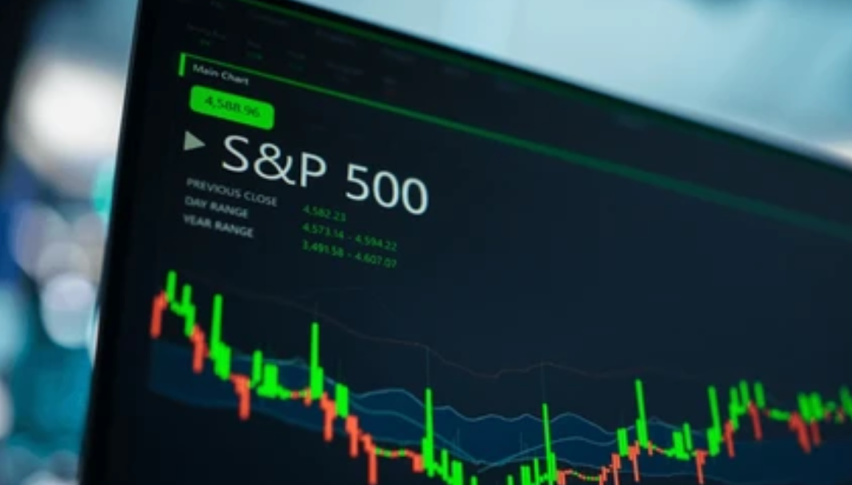Stock Markets Continue to Tumble With the FED Remaining Hawkish
Stock markets are continuing the decline this week and we are looking to sell S&P500 on a retrace higher

Stock markets turned bearish at the beginning of this year, after being exceptionally bullish for nearly two year, on massive stimulus programmes from central banks and governments around the globe to fight the coronavirus effects. But, with the tightening that has been going on since a year ago, stock markets have weakened.
The tightening and rate hikes have hurt the global economy, which is another major reason for the bearish momentum in stock markets, which has picked up pace since July. S&P500 continues to find resistance at moving averages and last week we saw a rejection at the 20 SMA (gray) which is a sign that the bearish momentum is strong.
US Indes S&P500 Daily Chart – The 20 SMA Turns Into Resistance

Resuming the decline again
YesterdayUS stock markets closed lower for the fourth day in a row, led by the Nasdaq which declined by just over 1%. The S&P500 extended below its 200-week moving average near 3,600 points. The low printed yesterday was 3,588 according to my stock broker, but bounced and closed at 3612.40 points.
The FED vice chair Brainard made some less hawkish comments about rate hikes, which helped stocks somewhat at the close but they continue to remain quite bearish, so we are looking to sell the retraces higher. You can follow our forex signals sections for signals in stock markets and indices.
Fed’s Vice Chair Brainard:
- It will take time for cumulative tightening to bring inflation down
- Higher interest rates are working to temper demand and bring it into better alignment with supply, which is still constrained.
- Output has decelerated so far this year by more than anticipated, suggesting that policy tightening is having some effect.
- The stock of excess savings held by households is about 25 percent lower, which may imply a more subdued pace of consumer spending going forward than had been projected.
- Monetary policy will be restrictive for some time
- Concurrently global tightening to reinforce moderation of demand
- Fed is attentive to risks for further adverse shocks
- Fed is very aware that unexpected interest rate or currency moves could interact with financial vulnerabilities
- Fed should move forward deliberately to assess how economy, employment, inflation are adjusting; to inform path of policy rate
- See limited 2H GDP rebound, GDP growth flat this year
- Seeing tentative signs of labor market rebalancing
- Strong wage growth, high rental costs mean inflation from core services expected to ease only slightly.
- Inflation a significant challenge for all Americans; requires consistent policies focused on that
- Supply indicators are getting better but still more constrained than before the pandemic
- Big improvement in the labor force participation for primate workers, but still see excess retirements among older workers
- Labor supply likely to remain below pre-pandemic level for some time
- Further shocks possible to food and energy prices due to Russia’s war against Ukraine
- Inflation for in-person services more linked to return of labor
- FED very aware that it operates in a global economy and financial system
- Most central banks are united in the fight against inflation; important to be transparent over policies
- Real important risk that inflation expectations could start to drift higher, which would make the Fed’s job harder
- Easing prematurely is a risk, but at some point, risks could become more two-sided
- Moving in the data-dependent and deliberate ways allows Fed to learn how tightening is influencing inflation and economy
- Fed looking across a full gamut of data in assessing movements of inflation
- Declining Fed balance sheet will reinforce its tightening of rates, but also recognize liquidity is fragile in some core markets
For the FULL TEXT of her speech CLICK HERE
- Check out our free forex signals
- Follow the top economic events on FX Leaders economic calendar
- Trade better, discover more Forex Trading Strategies
- Open a FREE Trading Account



